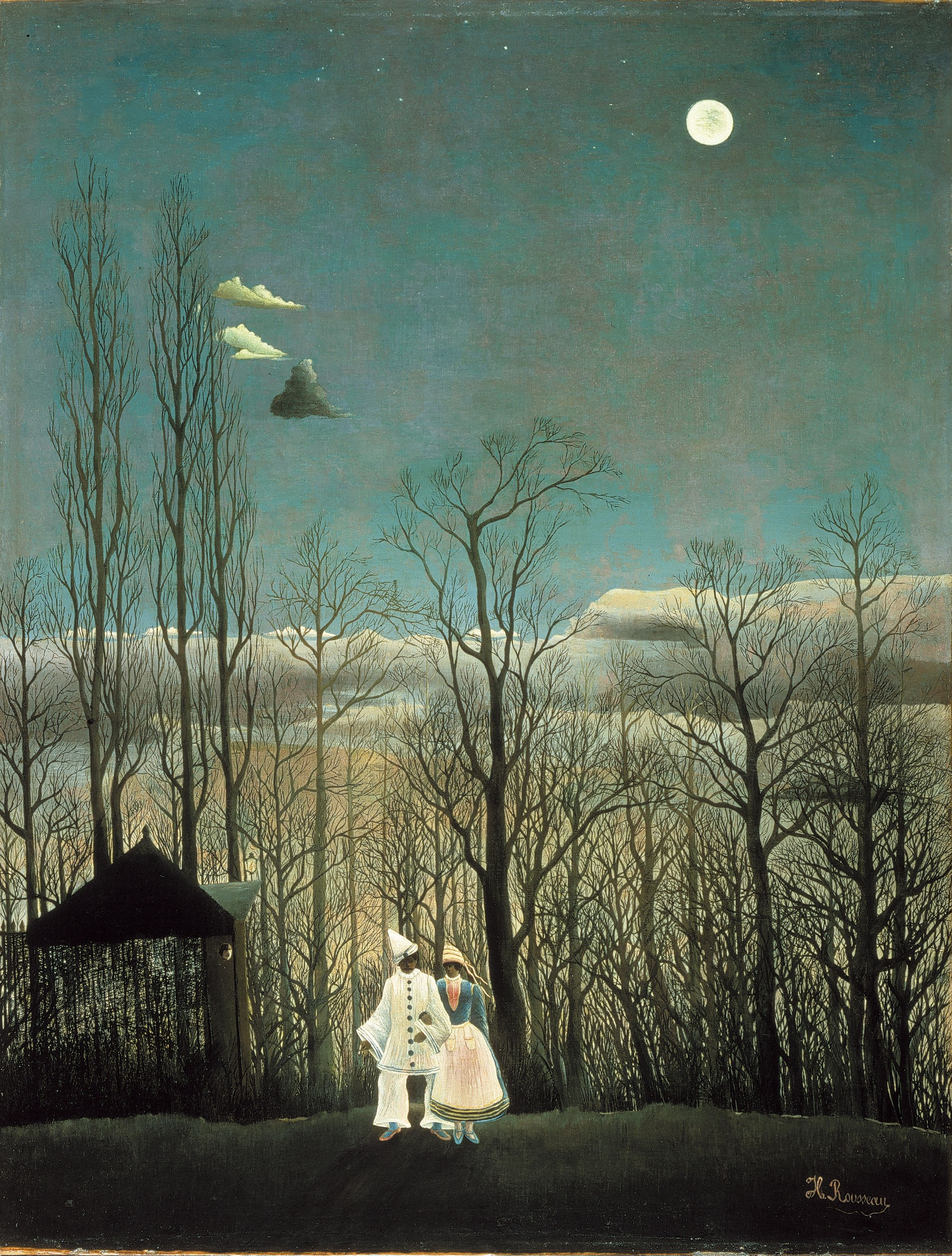
Make your own slide show at Animoto.
We've finally finished the canopic jars. I want to thank the Museum of Fine Arts here in Houston for the inspiration for this lesson. The teacher CD they gave during the educator's night was amazing and provided such wonderful images.
Plastic cups, paper towels, tag or cardboard and tape make up the armature for each jar. Small pebbles are placed in the bottom cup along with wadded up towels to help balance the jar and to keep it standing. We then covered them with plaster gauze to make the surface strong and ready for paint. The rest is up to the imagination of the student. I did provide handouts of Egyptian symbols and patterns for the students to use as a resource. These were done by my middle school elective class which was actually perfect because they come to art 4 days in a row. They took us about 2 weeks to complete. You can see the steps below.



































